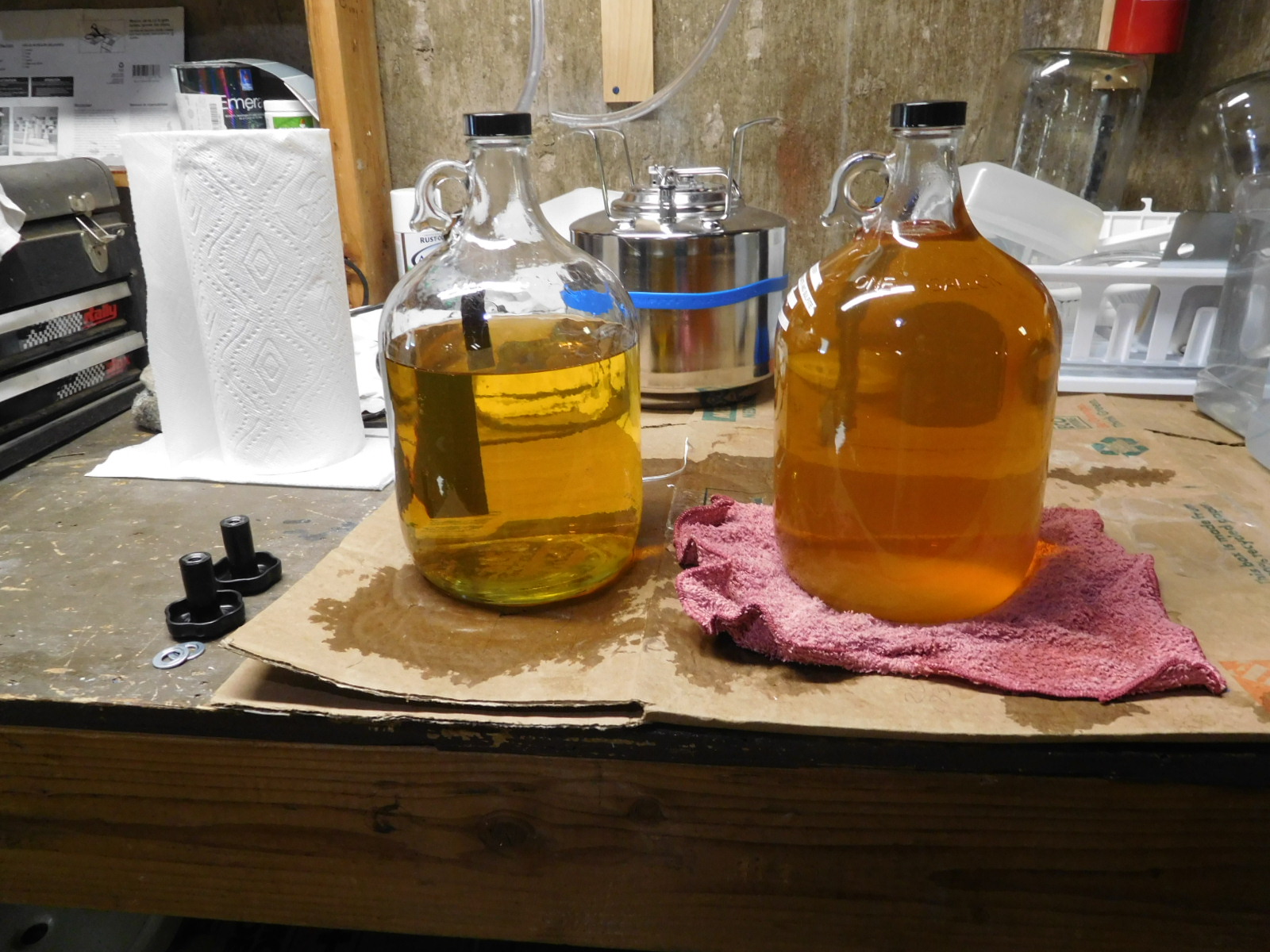Clarity is not a recipe requirement. And there are too many ways to fine and filter to expect someone to use one particular method.
Flocculation has zero importance to me when I select a yeast. I accept the fact that fining and /or filtering will be required and I plan my batches around that.
Here's a photo essay of a mead that I have in process now, that illustrates what I'm saying:
A 5 gallon mesquite traditional with Lalvin D21 done fermenting and racked off the gross lees to 4-1/2 gallons. It had bentonite added in primary:
Cold crashed in my cold garage and racked again after 2 weeks. Yield was 4 gallons plus maybe a pint. Note the 1/2 gallon jug with the excess - that's how clear the mead was at racking.
At this point it's been stabilized and back sweetened with honey, to about 1.005 in the 1 gallon and 1.010 in the 3 gallon. Also added oak cubes. So here it is again, all hazy from honey. How will that clear? No more flocculatin'. Calcium schmalcium.
At 3 weeks the oak has added some color and the haze seems to be dissipating.
When the oak is done in 2 months I'll likely filter it through my Buon Vino. This is what that can do:
View attachment 621838









































![Craft A Brew - Safale S-04 Dry Yeast - Fermentis - English Ale Dry Yeast - For English and American Ales and Hard Apple Ciders - Ingredients for Home Brewing - Beer Making Supplies - [1 Pack]](https://m.media-amazon.com/images/I/41fVGNh6JfL._SL500_.jpg)


















